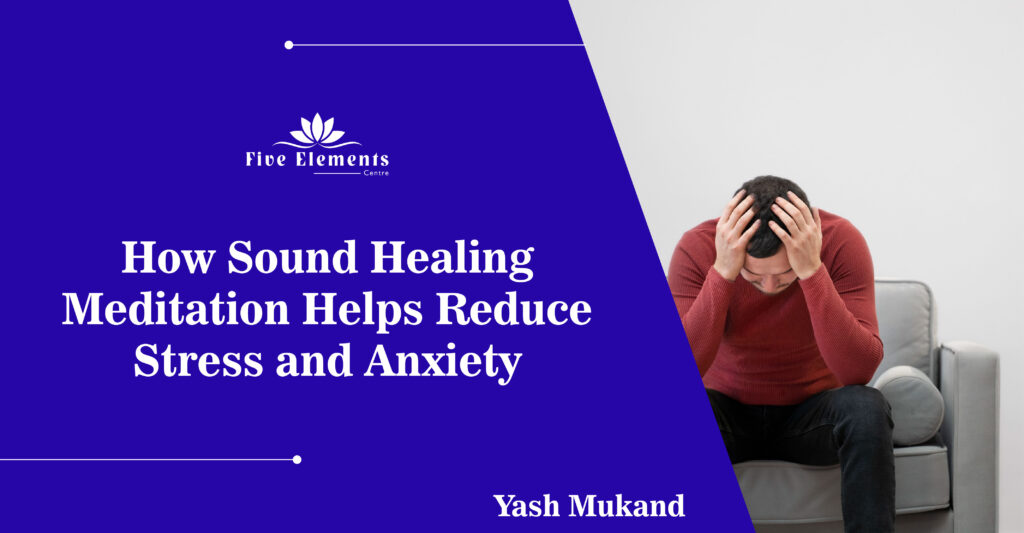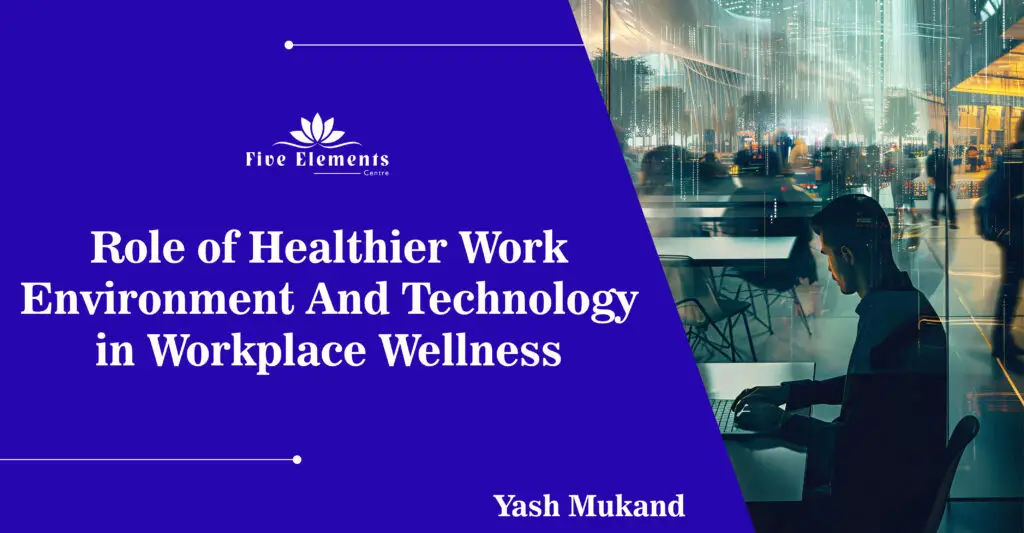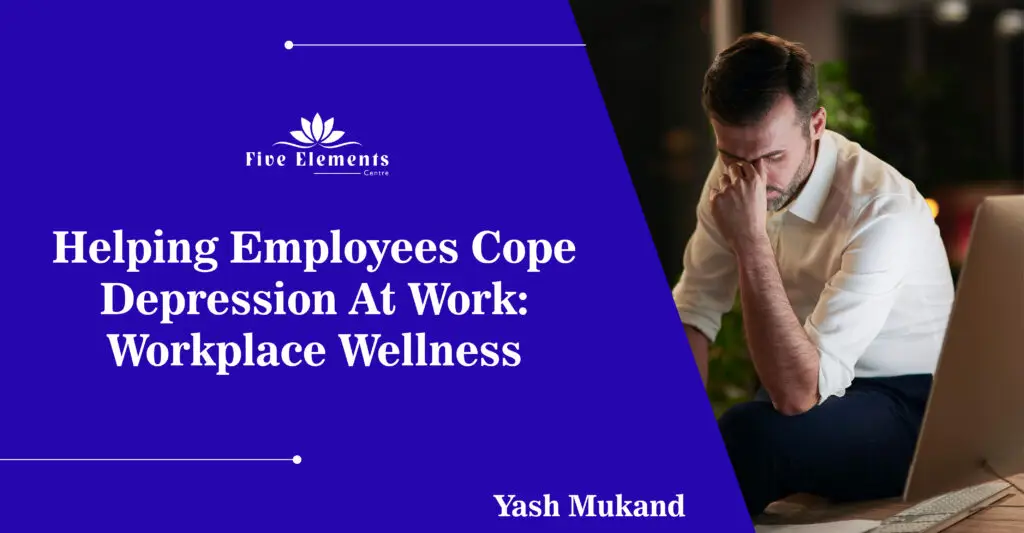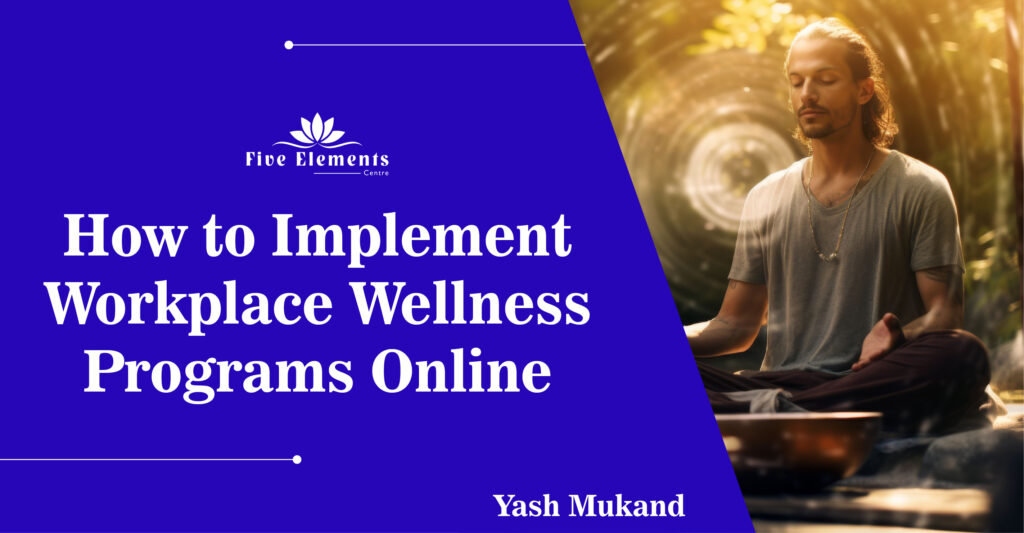How Sound Healing Meditation Helps Reduce Stress and Anxiety ?
Sound Healing: A Natural Path to Stress Relief and Inner Calm Introduction to Sound Healing Meditation In our fast-paced world, stress and anxiety have become common companions for many. As we search for effective ways to find peace and balance, sound healing meditation emerges as a powerful tool. This ancient practice, which uses vibrations and frequencies to promote relaxation and healing, is gaining popularity for its ability to reduce stress and anxiety naturally. At Five Elements Centre, we recognize the transformative power of sound healing meditation. Our approach combines traditional wisdom with modern understanding to offer a holistic path to wellbeing. Through this blog post, we’ll explore how sound healing meditation helps reduce stress and anxiety, and how you can incorporate this practice into your life. The Science Behind Sound Healing Sound healing is more than just a feel-good practice; it’s grounded in scientific principles. When we experience sound, it’s not just our ears that are affected. Our entire body responds to the vibrations produced by sound waves. How Sound Affects the Body Brainwave Entrainment: Sound healing can alter our brainwave patterns, shifting us from a state of stress (characterized by beta waves) to a state of relaxation (alpha waves) or even deep meditation (theta waves). Autonomic Nervous System: Certain sounds and frequencies can activate the parasympathetic nervous system, which is responsible for the “rest and digest” response in our bodies. Cellular Impact: Research suggests that sound vibrations can affect us at a cellular level, potentially influencing cellular metabolism and gene expression. Hormonal Balance: Sound healing may help regulate stress hormones like cortisol, while promoting the release of feel-good hormones such as dopamine and serotonin. Understanding these mechanisms helps explain why sound healing meditation is so effective in reducing stress and anxiety. It’s not just about listening to pleasant sounds; it’s about allowing these vibrations to create positive changes in our body and mind. Benefits of Sound Healing for Stress and Anxiety Sound healing meditation offers a wide range of benefits, particularly when it comes to managing stress and anxiety. Here are some of the key advantages: Stress Reduction: The soothing vibrations of sound healing instruments can help lower cortisol levels, easing the physical symptoms of stress. Anxiety Relief: By promoting relaxation and mindfulness, sound healing can help calm racing thoughts and reduce feelings of anxiety. Improved Sleep: Many people find that regular sound healing sessions improve their sleep quality, which is often disrupted by stress and anxiety. Enhanced Focus: As sound healing calms the mind, it can improve concentration and mental clarity. Emotional Balance: Sound healing can help process and release trapped emotions, leading to greater emotional stability. Physical Relaxation: The vibrations from sound healing instruments can help release tension in the body, promoting physical relaxation. Increased Self-awareness: The meditative aspect of sound healing can foster a deeper connection with oneself, aiding in personal growth and self-understanding. These benefits make sound healing meditation a valuable tool for anyone looking to manage stress and anxiety effectively. At Five Elements Centre, we’ve witnessed firsthand how this practice can transform lives, bringing peace and balance to those struggling with the pressures of modern life. Types of Sound Healing Techniques Sound healing encompasses a variety of techniques, each with its unique benefits. Here are some of the most common methods: Singing Bowls: These metal bowls produce rich, harmonic tones when struck or rubbed. Tibetan and crystal singing bowls are popular choices. Gongs: Large, flat metal discs that create deep, resonant sounds when struck. They’re often used in sound baths. Tuning Forks: These tools produce specific frequencies and are often used for targeted healing. Vocal Toning: Using one’s own voice to create healing vibrations through humming or chanting. Binaural Beats: These are created when two slightly different frequencies are played in each ear, causing the brain to perceive a third tone. Nature Sounds: Recordings of rain, ocean waves, or forest sounds can be deeply relaxing. Instrumental Music: Certain instruments like the flute, harp, or piano are often used in sound healing compositions. At Five Elements Centre, we incorporate a blend of these techniques in our sound healing sessions, tailoring the experience to meet individual needs and preferences. How to Practice Sound Healing Meditation While attending a professional sound healing session can be deeply beneficial, you can also incorporate elements of sound healing into your daily life. Here’s a simple guide to get you started: Create a Peaceful Environment: Find a quiet space where you won’t be disturbed. Dim the lights and ensure you’re comfortable. Choose Your Sound: This could be a recording of singing bowls, nature sounds, or gentle instrumental music. There are many sound healing tracks available online. Get Comfortable: Lie down or sit in a comfortable position. You may want to use a blanket and pillow for added comfort. Set an Intention: Before you begin, set an intention for your practice. This could be to reduce stress, find inner peace, or simply to relax. Focus on the Sound: As you play the sound, close your eyes and focus your attention on what you hear. Notice the different tones, rhythms, and vibrations. Breathe Deeply: Take slow, deep breaths as you listen. This helps to further relax your body and mind. Stay Present: If your mind wanders, gently bring your attention back to the sound. End Gently: When the sound ends, take a few moments to sit quietly before opening your eyes and returning to your day. Remember, like any meditation practice, sound healing becomes more effective with regular practice. Even 10-15 minutes a day can make a significant difference in your stress and anxiety levels. Sound Healing at Five Elements Centre At Five Elements Centre, we offer specialized sound healing sessions designed to help reduce stress and anxiety. Our experienced practitioners use a variety of instruments and techniques to create a deeply relaxing and healing experience. Our Approach Personalized Sessions: We tailor each session to the individual needs of our clients, addressing specific concerns and goals. Holistic Integration: We often combine sound








